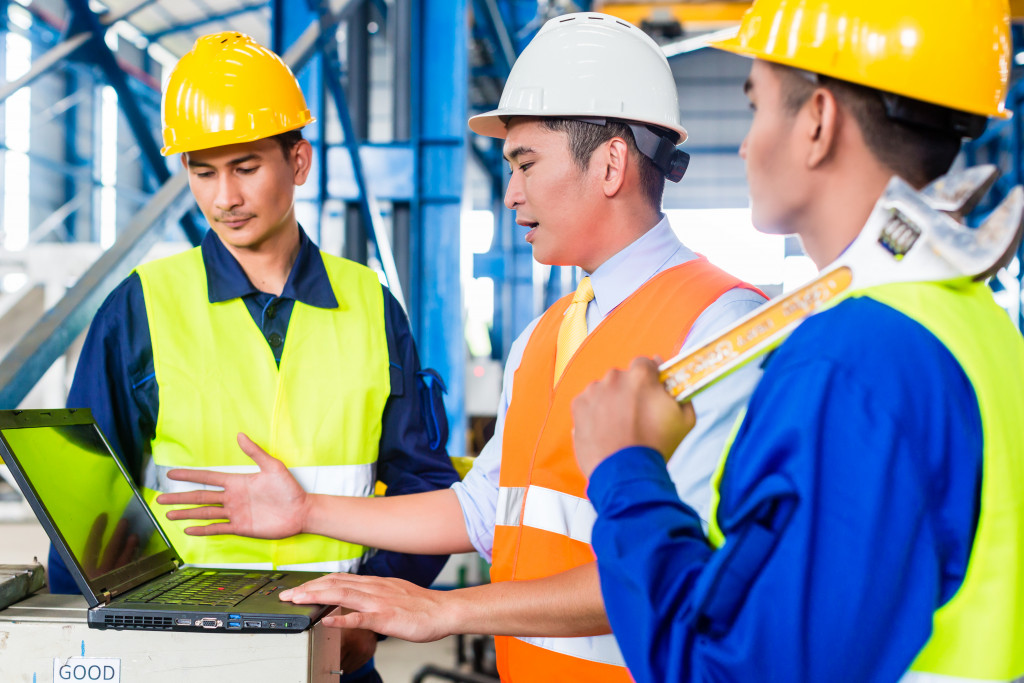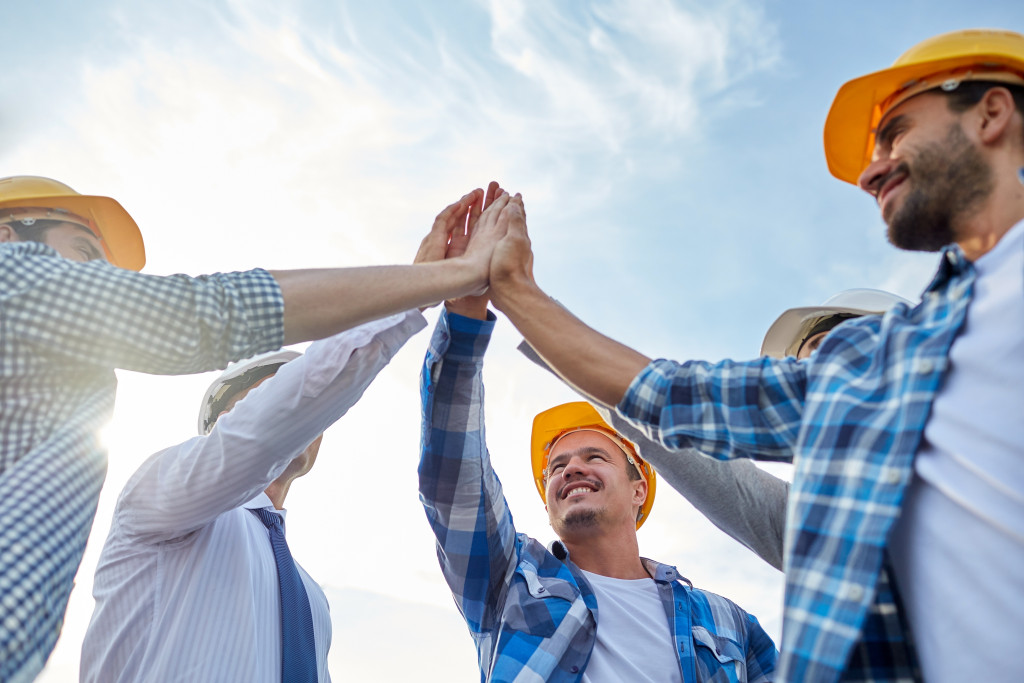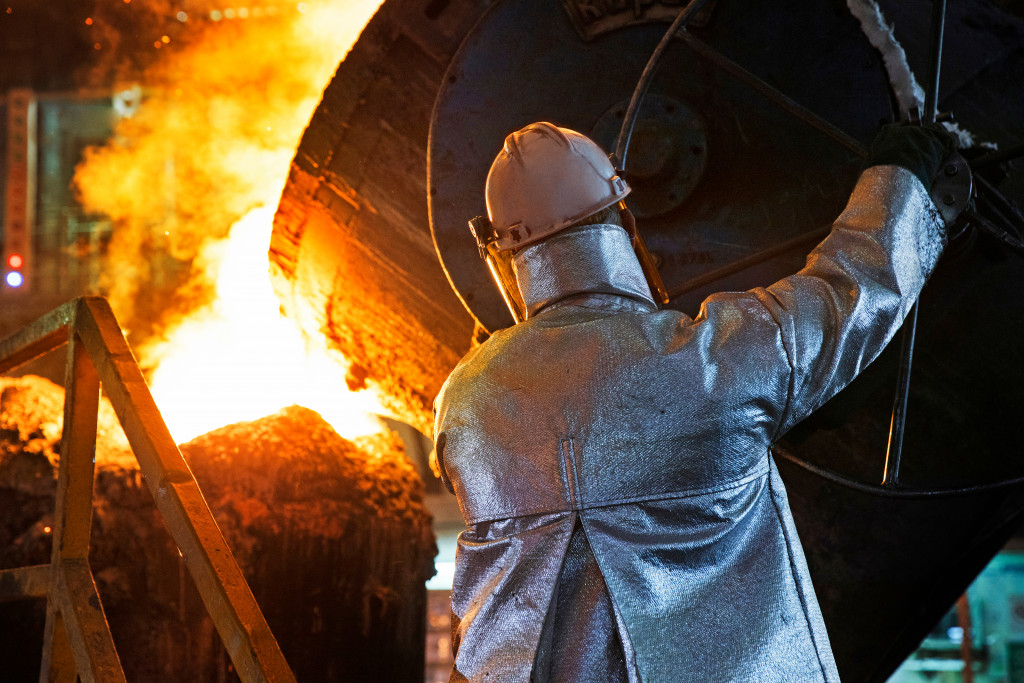- Safety training and regular drills equip employees with necessary procedures and preventive measures in steel mills.
- Personal Protective Equipment (PPE) and its regular inspection protect workers from potential occupational hazards.
- Regular equipment maintenance and hazard communication prevent unexpected accidents and foster safe work conditions.
- Employee engagement and access to safety resources create a supportive environment, promoting safety and productivity.
- Digital tools and technologies improve hazard communication and enable employers to track employee certifications.
Data from 55 organizations formed the basis for safety statistics for 2022. When it comes to overall industry performance, the report indicates record lows in lagging indicators. Amid the positive outlook was cautious optimism since 90 fatalities were reported in 2022.
The steel industry is an essential part of the global economy. Steel mills are the backbone of many industries, providing the raw material from which many products are made. It is also a dangerous industry, with many hazards that can cause serious injury or death.
The good news is that there are best practices that can be implemented to make steel mills safer and more productive. This blog post will discuss these best practices and how they can be applied to your steel mill operation.

Safety Training for Employees
One of the best practices for preventing accidents in steel mills is to provide safety training for all employees. This training should cover the hazards that are present in the workplace and how to avoid them. It should also include emergency procedures in case of an accident.
Training and Drills
Regular training and drills should be conducted to ensure that all employees are well-prepared to handle unexpected situations. Employees should also receive training on safely operating machinery and other equipment used in steel mill operations. They must understand how these machines work and know what procedures they need to follow when working with them.
Personal Protective Equipment
Personal protective equipment (PPE) is an essential part of safety in steel mills. Employees should be provided with the equipment to protect them from hazards such as falling objects, hot metal, and chemical exposure. This may include hard hats, safety glasses, gloves, and respirators. PPE should be well-maintained and replaced when necessary to ensure effectiveness.
Proper Use of Equipment
Additionally, employees should be trained in its proper use and how to inspect for damage. Proper implementation of PPE can ensure that workers are safe from potential hazards while working in a steel mill environment.
PPE Inspections
Checking the PPEs is also essential. Inspections should be performed regularly to ensure they are still effective and suitable for the task. Additionally, employees should be trained to inspect their PPE and identify any signs of wear or damage that might compromise its effectiveness.
Proper Equipment Maintenance
Regular maintenance of equipment is essential to prevent accidents in steel mills. Machines should be inspected and repaired to avoid unexpected breakdowns or malfunctions. This includes the inspection of cranes and other lifting equipment to ensure that they are in good condition and working properly. Preventative maintenance programs should be implemented to keep equipment running smoothly and avoid accidents.
Equipment Protective Measures
Steel mills should employ safety measures to protect workers from hazards associated with the operation of machinery. Safety switches should also be installed, which will immediately shut off the equipment if an employee is in danger. A liner can help ensure the protection of equipment. So, you should look for a reliable mill liner manufacturing company. The company should produce custom liners that provide the equipment maximum protection and strength.
Hazard Communication
Proper communication of hazards is critical to maintaining a safe working environment in steel mills. This includes signage, labeling of hazardous areas, and communication of potential hazards to employees and contractors. Regular safety meetings should be conducted to review hazards and ensure employees know the proper safety procedures. Standard operating procedures should also be in place to ensure that safety protocols are always followed.
Tools and Technology
Additionally, employers should use digital tools and technology to improve hazard communication. These can include interactive safety training programs, automated tracking of employee certifications, and access to instant alarms or notifications when a potential safety issue arises.

Employee Engagement
Employee engagement is crucial to the success of any safety program in a steel mill. Employees should be encouraged to report hazards and provide suggestions for improving safety. Regular communication with employees can help identify potential issues and prevent accidents.
Safety Procedures and Policies
Employers should also provide the necessary training to ensure employees understand safety procedures and policies. Employers can create a supportive environment that fosters safe working conditions by providing employees with resources, such as safety handbooks.
Safety should always be a top priority in steel mill operations. The best practices mentioned above can help improve safety and increase productivity in your steel mill. By providing safety training, personal protective equipment, proper equipment maintenance, and hazard communication, and by engaging employees, you can create a safe and productive work environment. Remember, a safe workplace is not only good for your employees, it is also suitable for your business.
